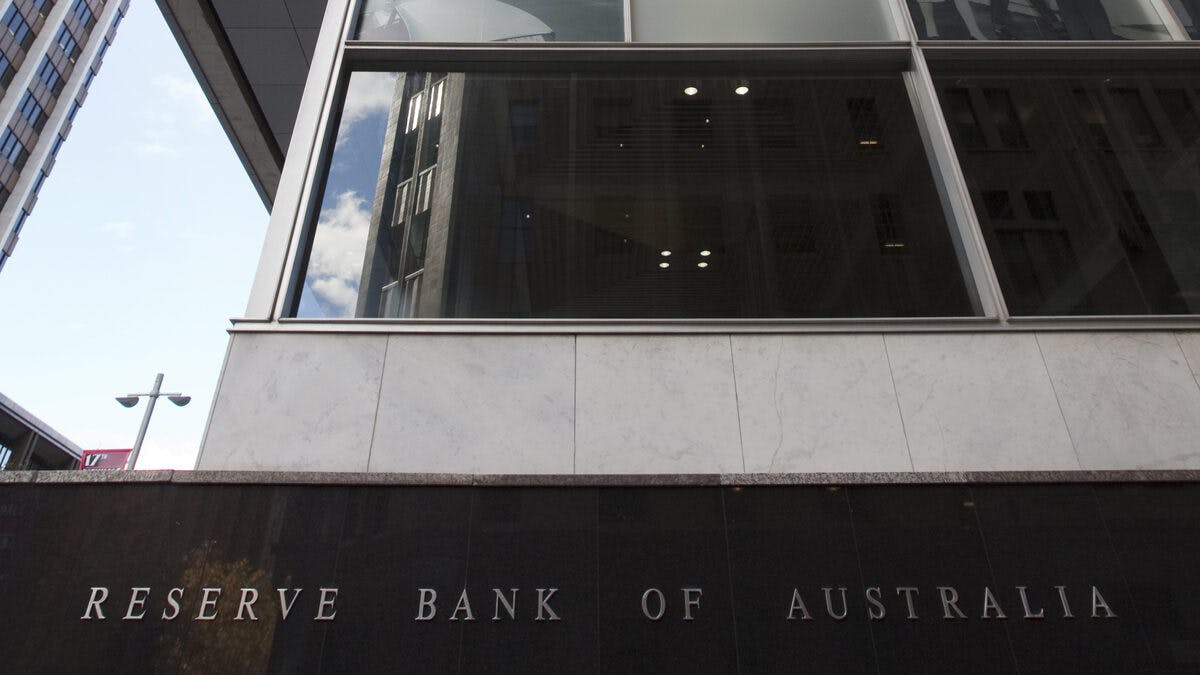Australia’s central bank has opted to keep interest rates steady and hinted at the possibility of further tightening, aligning with global counterparts in resisting expectations for imminent easing and causing the currency and bond yields to rise.
The Reserve Bank has maintained its cash rate at a 12-year high of 4.35% and left the interest rate paid on Exchange Settlement balances unchanged at 4.25%. In its post-meeting statement, the rate-setting board remarked, “A further increase in interest rates cannot be ruled out.”
Despite the RBA’s decision to leave the cash rate unchanged, most small businesses, which predominantly utilize variable-rate loans, have felt the impact of the RBA’s 12 rate hikes between May 2022 and June 2023. The statement also noted, “While there are encouraging signs, the economic outlook is uncertain, and the Board remains highly attentive to inflation risks.
“The central forecasts anticipate inflation returning to the target range of 2–3 per cent in 2025, and to the midpoint in 2026. Services price inflation is expected to gradually decline as demand moderates and growth in labor and non-labor costs eases. Employment is projected to continue growing moderately, while the unemployment rate and the broader underutilization rate are expected to increase slightly further.”
Anneke Thompson, Chief Economist, CreditorWatch said: “In response to a wealth of data pointing to both slowing inflation and a slowing economy, the Reserve Bank board took the decision today to leave the cash rate on hold at 4.35 per cent. At 4.1 per cent, the December inflation figure is still too high for the board to consider a rate cut today, however, all indicators point to inflation falling faster than last year’s forecasts, and this may well result in a decrease to the cash rate some time in the middle of the year, rather than the latter half. Inflation is also falling rapidly in major overseas economies, and central banks in the USA, UK and Europe are likely to consider cuts to their interest rates over the next few months.
“The unemployment rate will continue to play a key role in the board’s decision-making process. Thus far, strong employment and a low unemployment rate have given the board confidence that their monetary policy settings are not adversely impacting the jobs market. However, monthly hours worked by Australians peaked in June 2023, and has been on a downward trend since. Businesses are also reporting capacity utilisation edging downwards, which is a good forward leading indicator of higher unemployment. Should the unemployment rate start increasing at a more rapid pace, the RBA board may choose to cut the cash rate sooner rather than later, as preserving the employment gains achieved since the pandemic is one of their key goals.
“CreditorWatch data indicates that business conditions are going to get harder before they get easier, highlighting the lag effect of monetary policy tightening. We expect the insolvency rate to rapidly increase from 4.2 per cent as at November 2023, to 5.8 per cent by November 2024.”
Keep up to date with our stories on LinkedIn, Twitter, Facebook and Instagram.

